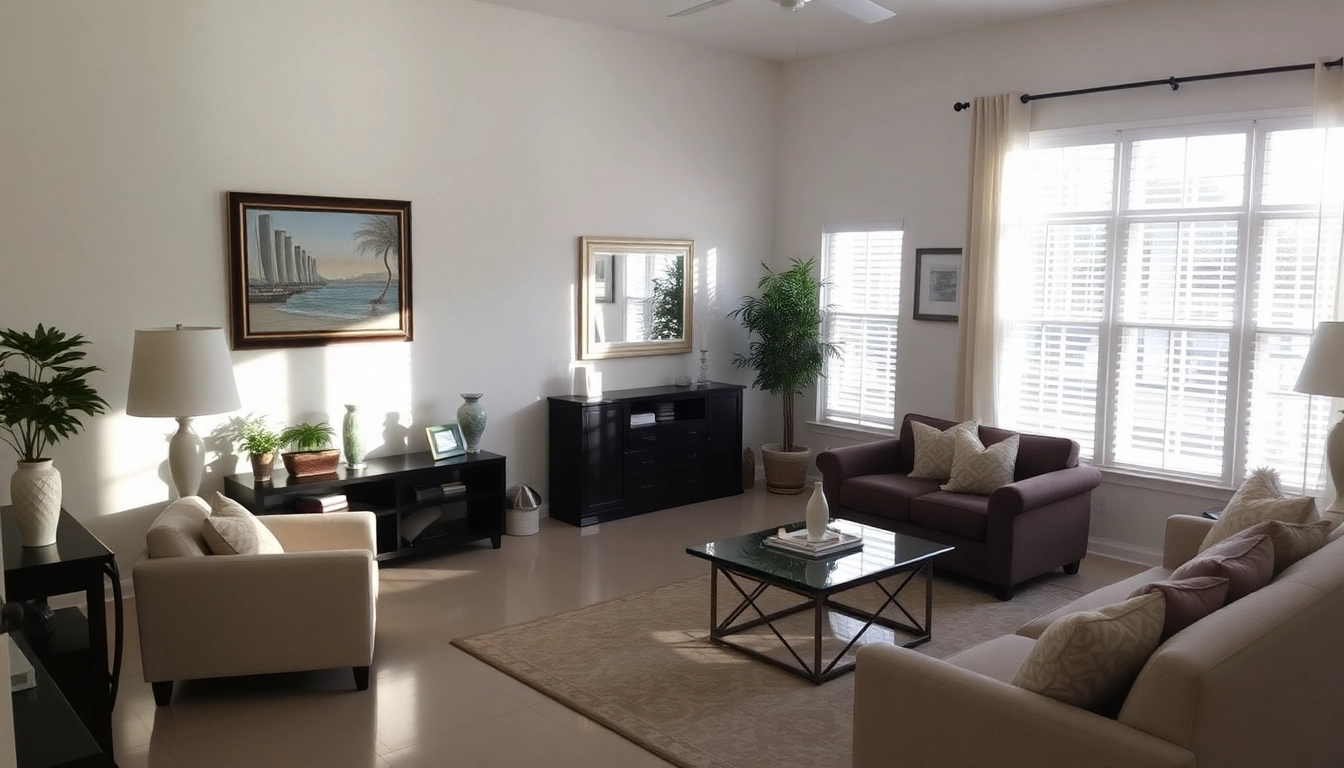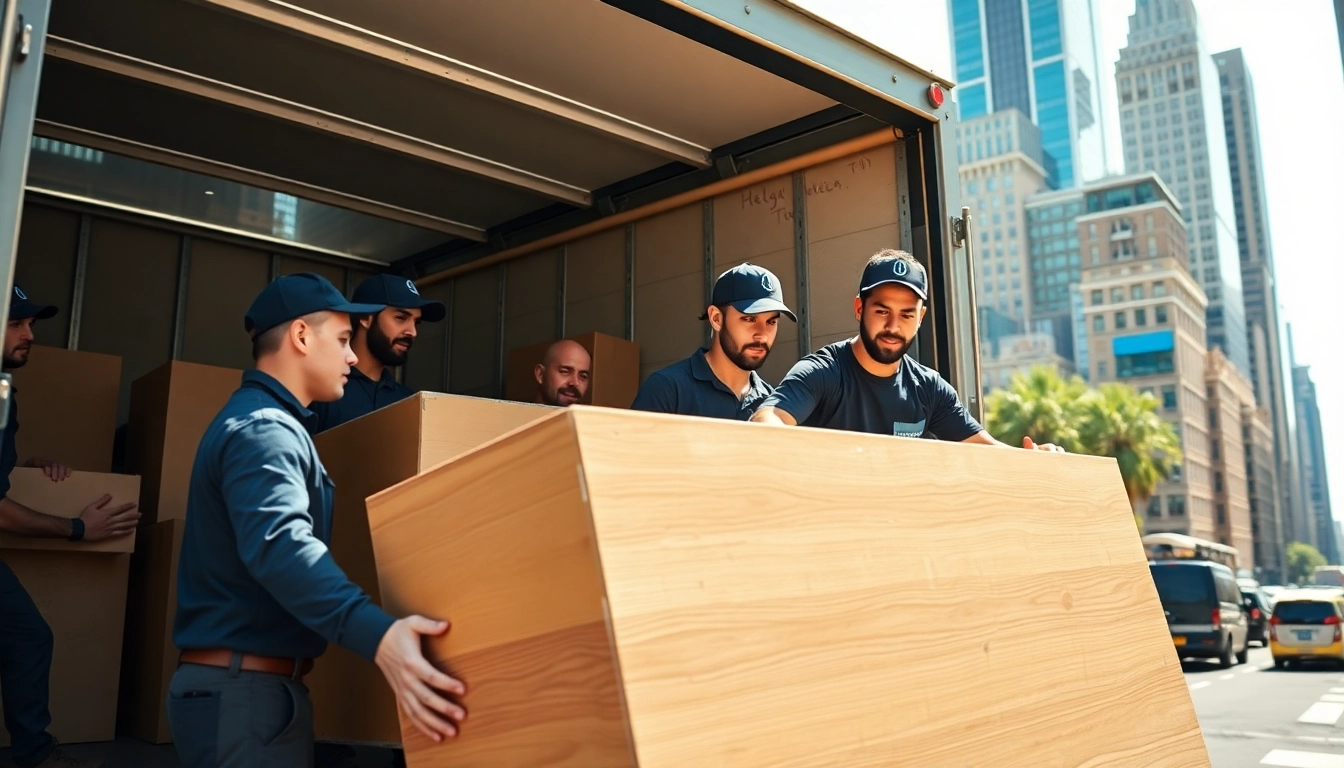Understanding Edmonton Web Design
In the increasingly digital landscape, having a well-designed website is crucial for any business aiming to reach a broader audience. Edmonton web design exemplifies this need, catering specifically to the unique aesthetics and functional demands of local businesses and organizations. Recent statistics indicate that nearly 80% of consumers conduct online research before making a purchase, underscoring the importance of a strong online presence. Hence, understanding the fundamentals of web design is essential not only for businesses in Edmonton but for any organization wanting to thrive in today’s competitive market. For insights on the significance of efficient web design, delve into edmonton web design resources and expert advice.
The Importance of a Strong Online Presence
A robust online presence is tantamount to success in modern business environments. Web design serves as the digital storefront for businesses, and much like physical stores, the first impression is often the best. A well-structured, aesthetically pleasing, and user-friendly website can significantly influence potential customers, establishing credibility and trust. Factors such as load times, mobile-friendliness, and overall design aesthetics contribute to this first impression, reinforcing or undermining the brand’s image.
Key Elements of Effective Web Design
Effective web design comprises several critical elements:
- Visual Hierarchy: The use of size, color, and layout to prioritize information on the page.
- Navigation: A clear and intuitive navigation structure that allows users to find information easily.
- Loading Speed: A fast-loading website keeps users from bouncing away; studies show that a one-second delay can decrease conversions by 7%.
- Responsive Design: A design that looks and works well on any device, from desktops to smartphones.
- Content Quality: High-quality, engaging, and relevant content ensures users stay longer and return often.
Common Challenges in Web Design
Despite its importance, web design can pose challenges, including:
- Keeping Up with Trends: Web design is continually evolving, and staying updated with the latest trends can be overwhelming.
- Balancing Aesthetics with Functionality: Creating a visually appealing site while also ensuring it functions correctly can be a delicate balance.
- Ensuring Cross-Browser Compatibility: Websites must function seamlessly across various browsers and devices.
- SEO Optimization: Ensuring content is both user-friendly and optimally structured for search engines poses ongoing complexities.
Trends in Edmonton Web Design
As the digital landscape evolves, so do the trends in Edmonton web design. Maintaining an up-to-date design can help businesses stay competitive and relevant.
Adapting to Mobile Responsiveness
Mobile responsiveness is no longer just an option; it is a necessity. With over half of global web traffic coming from mobile devices, websites must be designed to provide an optimal viewing experience across various screen sizes. Implementing responsive design ensures that all users—regardless of the device they use—can navigate seamlessly. This involves scaling images, adapting navigation elements, and adjusting layouts to provide an intuitive user experience.
Utilizing Eco-Friendly Design Principles
With increasing awareness of environmental issues, many web designers are now adopting eco-friendly principles. This may include optimizing website code for energy efficiency, using sustainable hosting solutions, and minimizing the use of electronic waste. Incorporating elements such as minimalistic designs can also contribute to lower energy consumption during usage.
Incorporating User-Centric Features
User-centric design focuses on enhancing user experiences through personalization and user feedback. Features such as interactive elements, easy navigation paths, and customizable interfaces contribute to higher user engagement rates. For example, the implementation of chatbots provides real-time support, ensuring the user has assistance at any point during their visit, significantly enhancing their experience.
Choosing the Right Edmonton Web Design Agency
The selection of a web design agency may impact your project’s success profoundly. A competent agency will guide your business’s unique needs through personalized web design services and effective strategies.
Questions to Ask Potential Designers
Before partnering with a web designer, consider asking the following questions:
- What is your design process? Understanding their approach can clarify the likelihood of meeting your expectations.
- Can you provide case studies or references? Past projects can showcase their expertise and style.
- How do you ensure SEO compatibility? Make sure they have strategies to optimize for search engines from the outset.
- What is your maintenance and support policy? Post-launch support is crucial for dealing with potential issues.
Evaluating Portfolios and Case Studies
A designer’s portfolio illustrates their aesthetic sensibilities and expertise in web design. By reviewing various case studies, you can gauge their adaptability across industries or project types. Look for designs that not only appeal to you but also demonstrate successful outcomes for their clients.
Understanding Pricing Structures
Pricing can vary widely among web design agencies. Understanding what is included in a proposal—like SEO services, ongoing maintenance, or hosting—can help you make an informed decision. Some agencies operate on a flat-rate model, while others may bill hourly, so ascertain which structure aligns best with your budget and needs.
Best Practices for Web Development
Web development is a vital element that complements good design, establishing a website that is not only pleasing to the eye but also functional and secure.
SEO Considerations for Edmonton Web Design
SEO should be woven into the very fabric of web design. Best practices include:
- Keyword Research: Identifying keywords relevant to your business can inform content creation and design choices.
- On-Page SEO: Ensure all site elements—such as meta tags, URLs, and headings—are optimized for search engines.
- Content Strategy: High-quality content that provides value not only attracts users but also increases search engine rankings.
- Building Backlinks: Encourage reputable sites to link back to your content, improving credibility and SEO scores.
Optimizing Website Performance
Performance optimization encompasses numerous factors, including page speed, mobile usability, and server performance. Implementing techniques such as image optimization, browser caching, and minimizing HTTP requests can significantly enhance load times. Tools like Google PageSpeed Insights can help identify problem areas and provide suggestions for improvement.
Ensuring Accessibility and Compliance
Web accessibility is paramount for ensuring all users, regardless of disabilities, can navigate and interact with your site. This includes adhering to guidelines such as the Web Content Accessibility Guidelines (WCAG). Implementing features like keyboard navigation, alt text for images, and descriptive link texts enhances accessibility. Compliance not only widens your audience base but also boosts your site’s reputation.
Measuring Success in Web Design
Once a website is live, the evaluation of its success becomes essential. Putting metrics in place allows you to gauge how well the design is meeting your objectives.
Key Performance Indicators to Track
When measuring success, consider tracking the following KPIs:
- Traffic: Monitor total visits, unique visits, and referral sources to understand where your traffic originates.
- Bounce Rate: A high bounce rate may signal that users are not finding the content engaging or relevant.
- Conversion Rate: Tracking how many visitors take desired actions (purchases, sign-ups, etc.) can provide insight into effectiveness.
- Average Session Duration: This metric shows how long users engage with your content, indicating its relevance and appeal.
Gathering User Feedback for Continuous Improvement
User feedback is invaluable in understanding the strengths and weaknesses of your design. Utilize methods such as surveys, usability testing, and analytics reviews to gather insights. This information can direct adjustments and improvements, ensuring the website evolves alongside user needs.
Case Studies of Success in Edmonton Web Design
Showcasing real-world examples is beneficial to illustrate what successful Edmonton web design looks like. Case studies from local businesses often provide insights into effective strategies and methodologies. For instance, a local retail store revamping its website with a streamlined design saw a 25% increase in online sales within three months of launch. Similarly, by adopting eco-friendly design practices, a local nonprofit organization significantly reduced its operational costs, making a positive impact both financially and environmentally.



